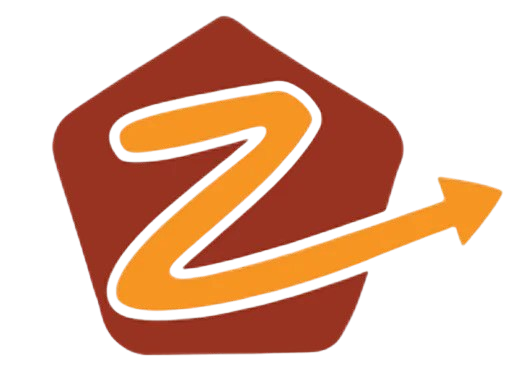Welcome to the forefront of conversational AI as we explore the fascinating world of AI chatbots in our dedicated blog series. Discover the latest advancements, applications, and strategies that propel the evolution of chatbot technology. From enhancing customer interactions to streamlining business processes, these articles delve into the innovative ways artificial intelligence is shaping the landscape of automated conversational agents. Whether you’re a business owner, developer, or simply intrigued by the future of interactive technology, join us on this journey to unravel the transformative power and endless possibilities of AI chatbots.
Thank you for visiting nature.com. You are using a browser version with limited support for CSS. To obtain the best experience, we recommend you use a more up to date browser (or turn off compatibility mode in Internet Explorer). In the meantime, to ensure continued support, we are displaying the site without styles and JavaScript.
Advertisement
PubMed Google Scholar
Researchers have shown that artificial intelligence (AI) could be a valuable tool in the fight against conspiracy theories, by designing a chatbot that can debunk false information and get people to question their thinking.
Access Nature and 54 other Nature Portfolio journals
Get Nature+, our best-value online-access subscription
27,99 € / 30 days
cancel any time
Subscribe to this journal
Receive 51 print issues and online access
185,98 € per year
only 3,65 € per issue
Rent or buy this article
Prices vary by article type
from$1.95
to$39.95
Prices may be subject to local taxes which are calculated during checkout
doi: https://doi.org/10.1038/d41586-024-02966-6
Costello, T. H., Pennycook, G. & Rand, D. G. Science 385, eadq1814 (2024).
Article Google Scholar
Download references
Reprints and permissions
 Tracking QAnon: how Trump turned conspiracy-theory research upside down
Tracking QAnon: how Trump turned conspiracy-theory research upside down
 To counter conspiracy theories, boost well-being
To counter conspiracy theories, boost well-being
 Misinformation might sway elections — but not in the way that you think
Misinformation might sway elections — but not in the way that you think
 What we do — and don’t — know about how misinformation spreads online
What we do — and don’t — know about how misinformation spreads online
 The epic battle against coronavirus misinformation and conspiracy theories
The epic battle against coronavirus misinformation and conspiracy theories
AI models that lie, cheat and plot murder: how dangerous are LLMs really?
News Feature
How research hospitals are meeting the world’s health challenges
Nature Index
Fixing the imbalance in cancer rates between Black and white women
Nature Index
AI models that lie, cheat and plot murder: how dangerous are LLMs really?
News Feature
Customizable AI systems that anyone can adapt bring big opportunities — and even bigger risks
Comment
Will AI ever win its own Nobel? Some predict a prize-worthy science discovery soon
News Feature
The CRG in Barcelona, invites outstanding and motivated candidates from across the world to apply for its International PhD Programme 2026.
Barcelona (Provincia), Cataluña (ES)
CRG-Centre for Genomic Regulation
Develop nanofab processes, operate advanced tools includes EBL, KrF Stepper, PL, CDSEM & PVD for cutting-edge BCI research. Fluent English & Mandarin.
Guangming Distrcit, Shenzhen, China
Shenzhen Medical Academy of Research and Translation
Job Title: Associate or Senior Editor (social sciences), Research Cross-Journal Editorial Team, Nature Journals Locations: New York, Jersey City, S…
New York City, New York (US)
Springer Nature Ltd
Cleveland, Ohio (US)
Cleveland Clinic
Cleveland, Ohio (US)
Cleveland Clinic
 Tracking QAnon: how Trump turned conspiracy-theory research upside down
Tracking QAnon: how Trump turned conspiracy-theory research upside down
 To counter conspiracy theories, boost well-being
To counter conspiracy theories, boost well-being
 Misinformation might sway elections — but not in the way that you think
Misinformation might sway elections — but not in the way that you think
 What we do — and don’t — know about how misinformation spreads online
What we do — and don’t — know about how misinformation spreads online
 The epic battle against coronavirus misinformation and conspiracy theories
The epic battle against coronavirus misinformation and conspiracy theories
An essential round-up of science news, opinion and analysis, delivered to your inbox every weekday.
Sign up for the Nature Briefing newsletter — what matters in science, free to your inbox daily.
Nature (Nature)
ISSN 1476-4687 (online)
ISSN 0028-0836 (print)
© 2025 Springer Nature Limited
